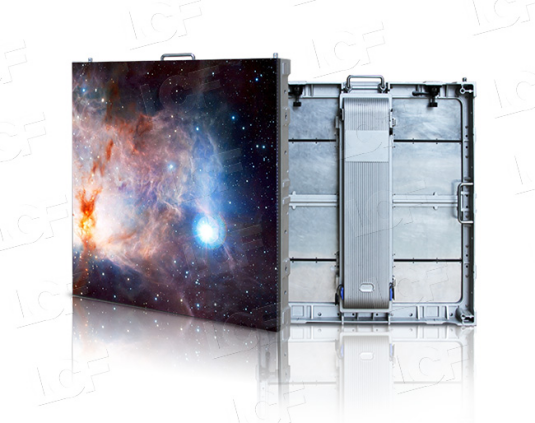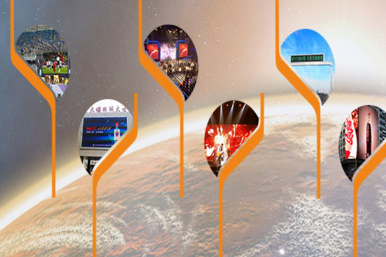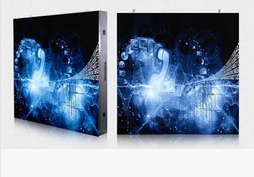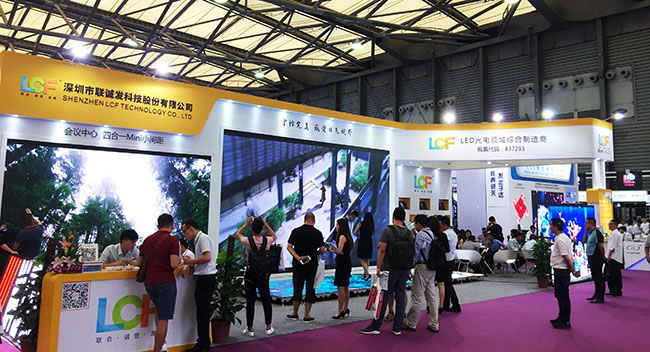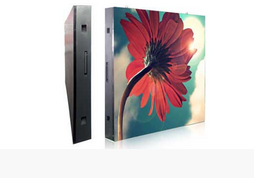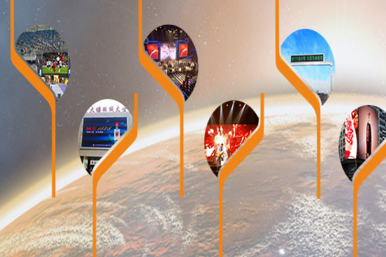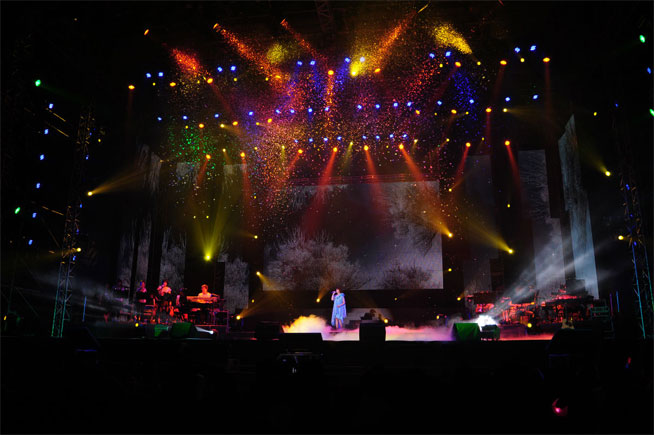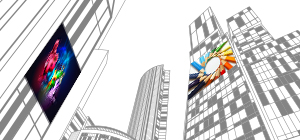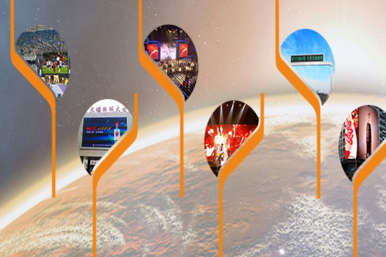Publisher: Supplier of LED Display Time: 2017-03-15 10:46 Views: 4421
Small spacing is a general concept. 15 years ago, indoors below P3 were called small spacing, and there was no small spacing for outdoor screens. Now everyone generally thinks that indoor screens with a pitch below P2.0 can be called a small pitch, and outdoor screens with a pitch below P4 can be called a small pitch. In 2017, the market application range of small-pitch LED products is rapidly expanding. Small-pitch LED displays are more and more frequently asked by users. Although the concept of small-pitch LED displays has already occupied the market, few people have a full grasp of how to choose products that suit their requirements.
We know that the smaller the dot pitch, the higher the cost of the small-pitch LED screen. Therefore, in actual purchase, users must comprehensively consider their own cost, demand, application range and other factors. Before choosing a small-pitch LED display, it is best to determine whether a small-pitch is really needed. This should be determined according to the actual situation. For example, for outdoor light pole screens, you can choose P6 or P8, and the effect is very good.
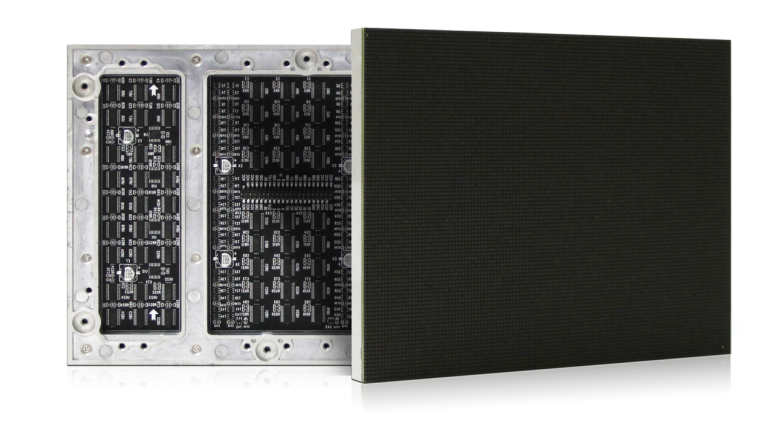
After confirming that a small-pitch LED display must be purchased, how can the investment benefits be maximized under the premise of meeting the use needs? In actual purchase, several factors must be considered as follows:
1. "Low brightness and high gray" is the premise
As a display terminal with a small-pitch LED screen, the first thing to ensure is the comfort of viewing. Therefore, when purchasing, the primary concern is the brightness issue. Relevant studies have shown that, in terms of human eye sensitivity, LED as an active light-emitting source, its brightness is twice that of passive light-emitting sources (projectors and liquid crystal displays), and to ensure the comfort of human eyes, the small-pitch LED screen The brightness range can only be between 100 cd/m2-300 cd/m2.
However, in the traditional LED display technology, reducing the brightness of the screen will cause the loss of grayscale, and the loss of grayscale will directly affect the picture quality. Therefore, an important criterion for high-quality small-pitch LED screens is to achieve "low "Bright high gray" technical indicators. In actual purchase, users can follow the principle of "the more brightness levels that can be recognized by the human eye, the better". The brightness level refers to the brightness level of the image that the human eye can distinguish from the darkest to the whitest. The more the recognized brightness level, the larger the color gamut space of the display screen, and the greater the potential for displaying rich colors.
2. Select the point spacing, and pay attention to the balance between "effect and technology"
Compared with the traditional LED screen, the outstanding feature of the small-pitch LED screen is the smaller dot pitch. In practical applications, the smaller the dot pitch, the higher the pixel density, the more information capacity per unit area can be displayed at one time, and the closer the distance suitable for viewing. On the contrary, the longer the distance suitable for viewing. Many users naturally think that the smaller the dot pitch of the product, the better. However, this is not the case.
Conventional LED screens want to achieve the best visual effects and have the best viewing distance, and the same is true for small-pitch LED screens. Users can make simple calculations through the best viewing distance=dot spacing/0.3~0.8. For example, the best viewing distance of the P2 small-pitch LED screen is about 6 meters away.
3. When choosing a resolution, pay attention to the match with the "front-end signal transmission equipment"
The smaller the dot pitch of the small-pitch LED screen, the higher the resolution, and the higher the picture definition. In actual operation, users want to build the best small-pitch LED display system. While paying attention to the resolution of the screen itself, they must also consider the combination of it and the front-end signal transmission product. For example, in security monitoring applications, the front-end monitoring system generally includes video signals in D1, H.264, 720P, 1080I, 1080P and other formats. However, not all small-pitch LED screens on the market can support the above. Therefore, in order to avoid waste of resources, users must choose according to their needs when purchasing small-pitch LED screens, and avoid blindly catching up with the trend.
